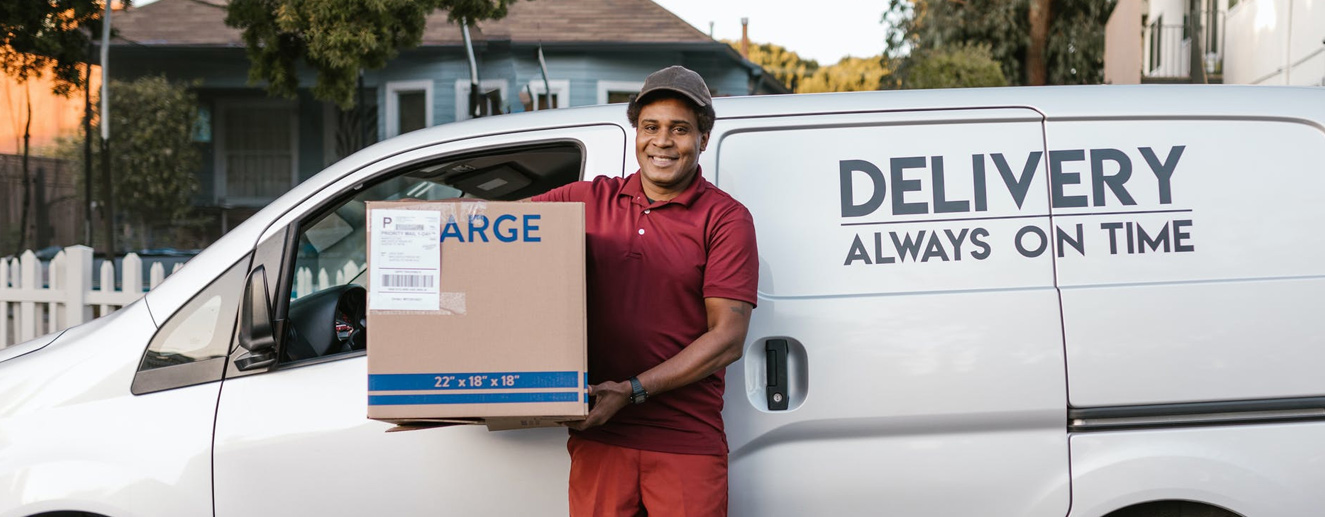Last-mile delivery is the last leg of the supply management chain that transports the package from the warehouse or sorting facility to the destination. Due to the pandemic, an increased number of people have begun to shop online even more than usual, which has put enormous strain on the last mile delivery system. To keep up with the competition, and maintain the speed and efficacy of deliveries, most companies have adopted certain methods like tracking and tracing.
Why is last-mile tracking and tracing important?
Customer expectations are rising, and so are their demands. Most of them want same-day deliveries or deliveries within an hour and two. Telling a customer “no” is the last option for businesses, which means they need to improve last-mile management, so deliveries are completed accurately and on time. This is where real-time tracking and tracing play an integral role. Using various tools and techniques, businesses can get access to real-time insights regarding the location of vehicles and the status of delivery. It provides precise information about delayed and on-time deliveries, so delivery stakeholders can boost KPI benchmarking and improve productivity.
What are the benefits of last-mile tracking and tracing?
An advanced last mile software includes features like real-time tracking and tracing, which improves the whole process. Take a look:
Make the process more secure
Losing a shipment or misplacing it happens quite often, but customers will always blame the carrier. That is why implementing real-time tracking is a must – it ensures the safety of the package and lets the company trace it, in case it gets lost. Telling a customer that their package is “lost in transit” is simply not good enough. But if companies are able to track a misplaced shipment, then customers will understand the reason for the delay.
Companies should also offer a warranty for safe delivery. Having a local warehouse at every delivery point is essential to ensure the safety of the products while they are in storage. While logistics companies usually have their own warehouses in major cities, but not in local regions, it is advisable to rent a warehouse based on their necessity.
Track last mile carriers properly
Businesses have to achieve a perfect order index, which means improving the tracking of last-mile carriers is vital. Last-mile delivery software can help to boost carrier management by enabling end-to-end tracking of shipments. It provides critical data regarding core carrier KPIs such as time taken to complete a task, the number of successful deliveries, failed and delayed deliveries, route taken and diversions from the planned route (if any), driver productivity, material handling, and much more.
Effective route optimization
Using the route optimization feature, the last mile software maps out the most cost-efficient route(s) between two destinations. When drivers follow this route, it reduces delivery time and cost, as tasks are completed on time and failed deliveries are minimized. Deliveries are automatically assigned to specific drivers on certain routes to ensure faster processing.
Using the route optimization feature, the last mile software maps out the most cost-efficient route(s) between two destinations. When drivers follow this route, it reduces delivery time and cost, as tasks are completed on time and failed deliveries are minimized. Deliveries are automatically assigned to specific drivers on certain routes to ensure faster processing.
Allow auto-dispatch
Manually assigning deliveries is a near-impossible task if you are working on multiple deliveries along complex routes. Last-mile software helps to assign deliveries automatically, as mentioned above, and matches them to the right driver, depending upon the route. The efficiency of the algorithm has proved to be perfect, and they require minimal to no manual intervention. To maintain speed delivery, everything is regulated by these algorithms right from the dispatch process till the package reaches its destination. Customers get a message about the Estimated Time of Arrival (ETA) of the shipment. They are also updated on any delays if any. It reduces failed deliveries, as the customer is present to receive the package
Get customer feedback
Customers can give their inputs regarding delivery and service – it is an important feature of real-time tracking. Thus companies can analyze their progress, find out where they went wrong, what they can do to improve, etc.
Real-time tracking and tracing of shipments can not only pinpoint the exact location of vehicles and shipments but improve the last mile delivery management as well. Customers will receive packages on time and give positive feedback, which not only means preventing revenue leakage but building upon credibility as well.

 Global
Global Australia
Australia India
India




